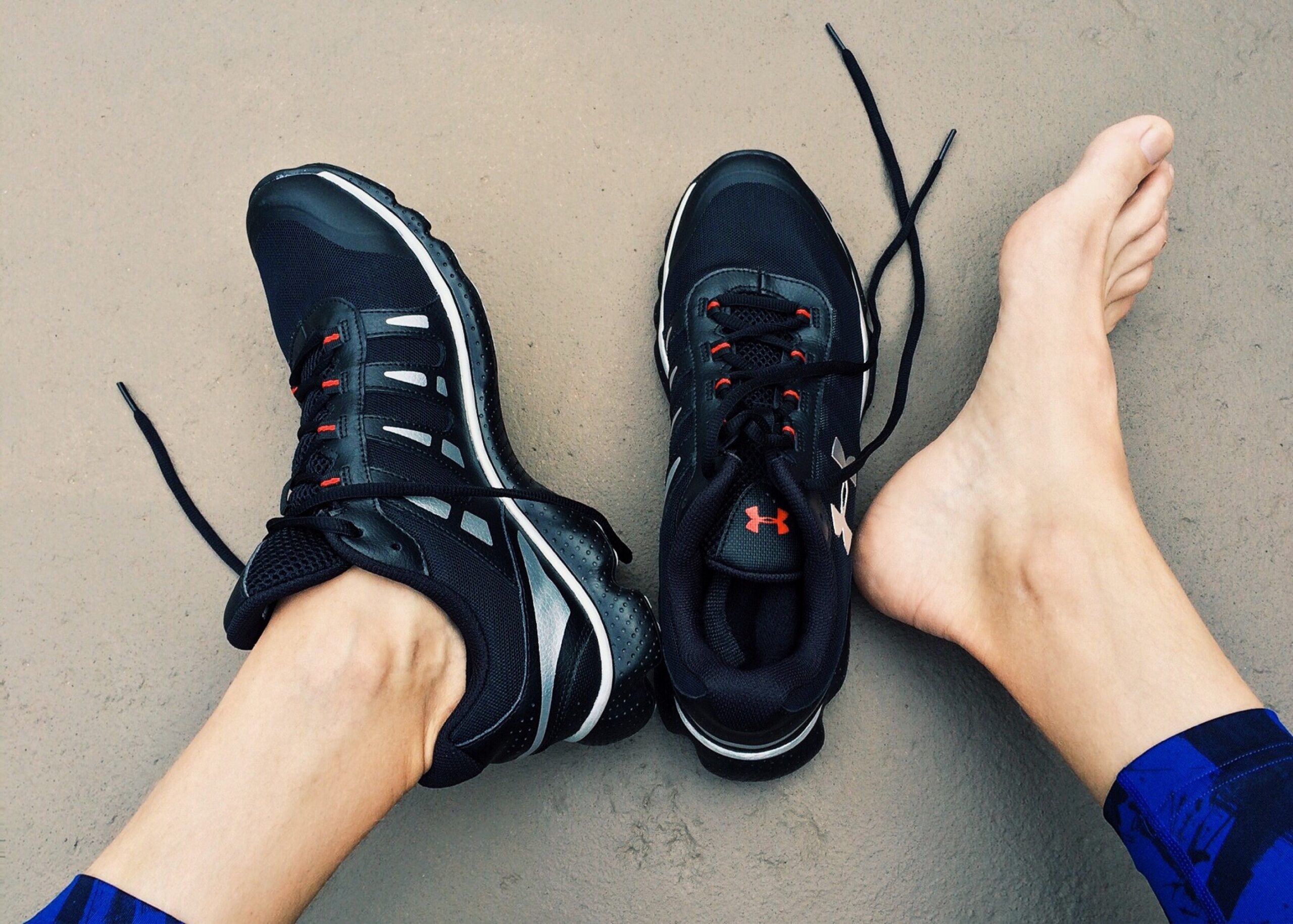Flat feet is a commonly used term to describe someone’s foot type.
However it is often incorrectly used to describe a foot that over-pronates or rolls in excessively.
We will often be encouraged to look at our footprint after a shower to decide if we have pronating feet or not. This is not strictly correct.
Many people have very flat feet and they function without any pain in this position, as it is considered their neutral or ideal foot posture.
When we walk we contact the ground on the outside of our heel, or the lateral back corner of our foot.
To absorb shock the foot then pronates at a controlled rate, this movement is the flattening of the arch towards the big toe.
If this rate of pronation is too great, or there is too much flattening of the arch, then this becomes excessive pronation and becomes a problem for the foot and lower limb.
Once the foot is in full contact with the ground it must then convert into a rigid lever to push off the ground forward.
This is called propulsion, and the foot therefore converts from a shock absorber to a strong lever to keep the gait, or walking cycle occurring.
So if the foot goes through too much pronation after heel strike the soft tissue must do so much more work to achieve the conversion of the foot to a rigid lever, and can therefore create a great load on soft tissue associated with your biomechanics.
So a flat foot may be an indication of someone who is maximally pronated, or in fact could be someone who is in their ideal foot posture location.
If you question whether you have flat feet or maximally pronated, contact a Lifecare podiatrist.

